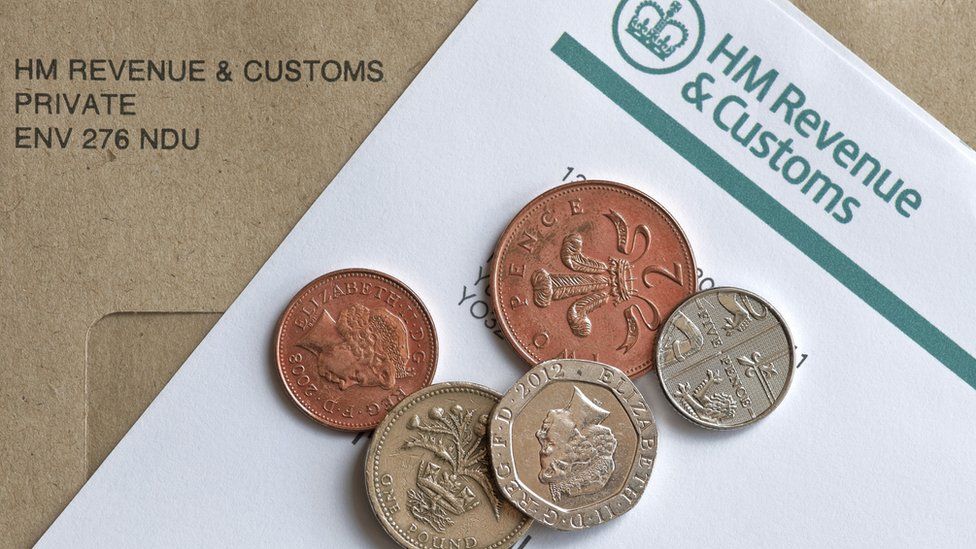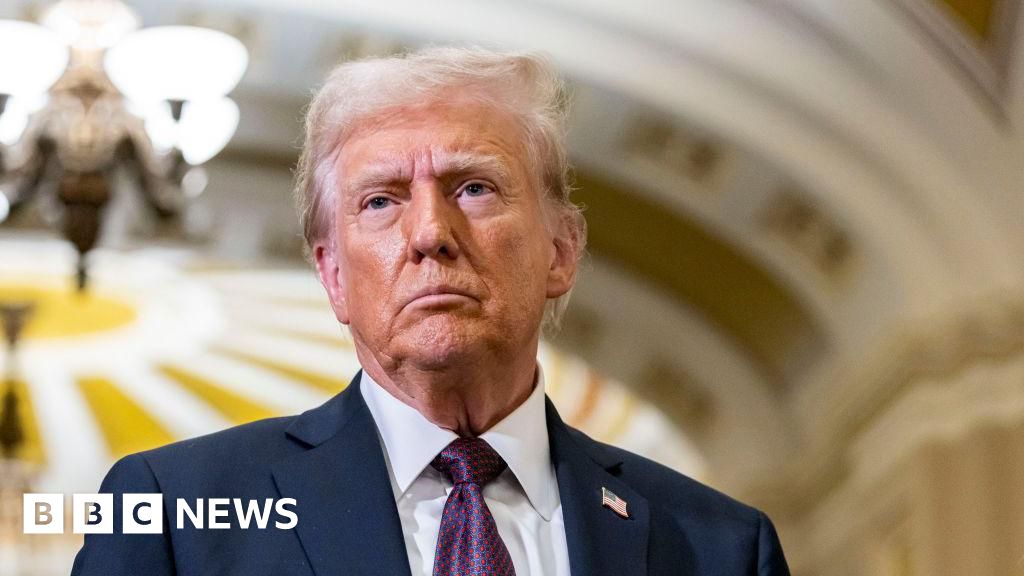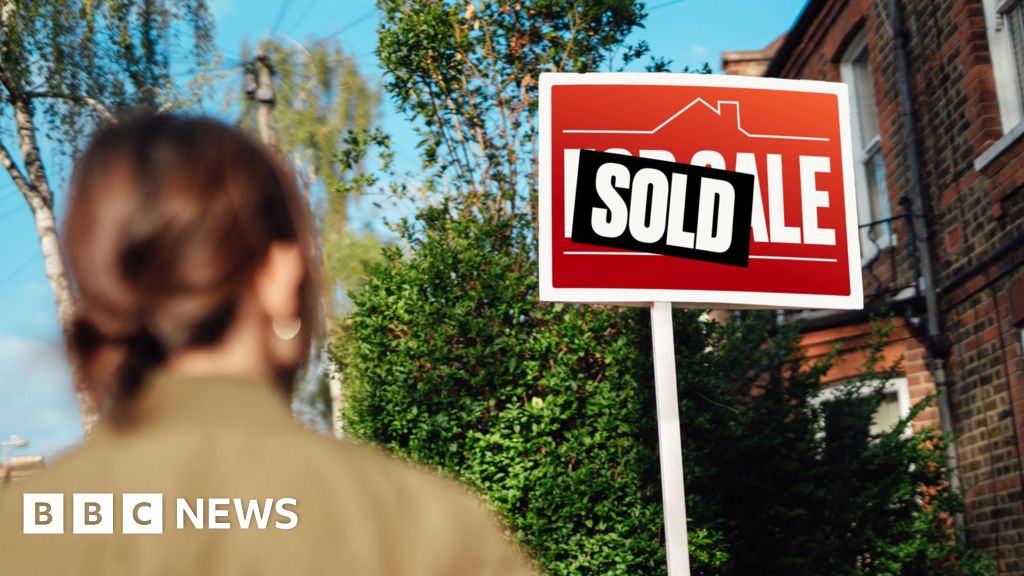ARTICLE AD BOX
By Faisal Islam
Economics editor
 Image source, Getty Images
Image source, Getty Images
There is one document that came out amid the tumult of last week, that it appears many of the candidates to take over the country have not have the time to look at closely.
The Office for Budget Responsibility's (OBR) fiscal sustainability and risks report had a number of long term borrowing challenges arising from an ageing society and a shrinking workforce in a more dangerous world trying, at the same time, to reach net zero.
But even those sceptical of 50 year forecasts would have seen a clear message about the Conservatives own manifesto plans and announced targets that even at this early stage seem difficult to square with the immediate tax cut parade on offer.
The Conservatives were elected on a manifesto committing to balancing the current budget by the middle of the decade. So that's balancing day to day spending with tax revenue and also getting debt falling as a share of GDP - also by the middle of the decade.
The sum total of the Government's policies to date have raised the tax burden significantly, by 3% of GDP. That has funded public spending increases of 2% of GDP, which has left a 1% buffer, or about £30bn of what is known as headroom.
Most of the candidates seem to be using all of that up in one form or another. And then some.
We await more detailed accounts of their plans. For example, those promising to reverse the recent National Insurance rise are not yet clear if this is including the already instigated rise in thresholds, which rolled back about half the rise. The changes to corporation tax are simply huge.
But the really big point is that the £30bn doesn't exist any more. As the OBR's chief Richard Hughes told me last week:
"We've got to remember the risks of the outlook for growing. You've got risks around energy prices, which are all already rising above the levels that we've seen in our last forecast. You've got risks to interest rates, which are also rising above levels we saw in the March forecasts".
Put most simply, there is a tangible risk of recession, or at least stagnation, arising from the cost of living crisis. May's GDP figures due on Wednesday will show that the economy is on course to shrink in this quarter. Cabinet ministers vying for Number 10 are now openly embracing the forecasts showing the UK with the worst forecasts for growth next year (among advanced economies) - the same forecasts that were played down last year. Those forecasts are now being marshalled as an argument for a stimulus.
So if the tax burden is to be reined in, perhaps these candidates will borrow more and yet again abandon the latest fiscal rules and 2019 manifesto promises. Or some of the promised post pandemic increase in the size of the state - from social care funding to reducing NHS waiting lists, to "levelling up" funding - will have to be rolled back. As Hughes put it to me about those advocating tax cuts now: "It may also require them to revisit some of their spending priorities if they want to meet those fiscal objectives, which they've set for themselves in the manifesto".
There is obviously a wider political canvas here. This leadership contest is to impress at first Conservative MPs and then its membership. In theory that would suggest an appeal to low tax, small state thinking. But that is not always the same thing as the fiscal conservatism of balanced budgets. And how coherent all that is, with the appeal to former Labour areas won at the last election for example, is another interesting question.
And then the bigger questions about even more significant changes, such as the effective loss of £30bn a year in petrol taxes, and funding an ageing society with a shrinking workforce, loom even larger from the pages of the OBR document.

 2 years ago
75
2 years ago
75








 English (US) ·
English (US) ·